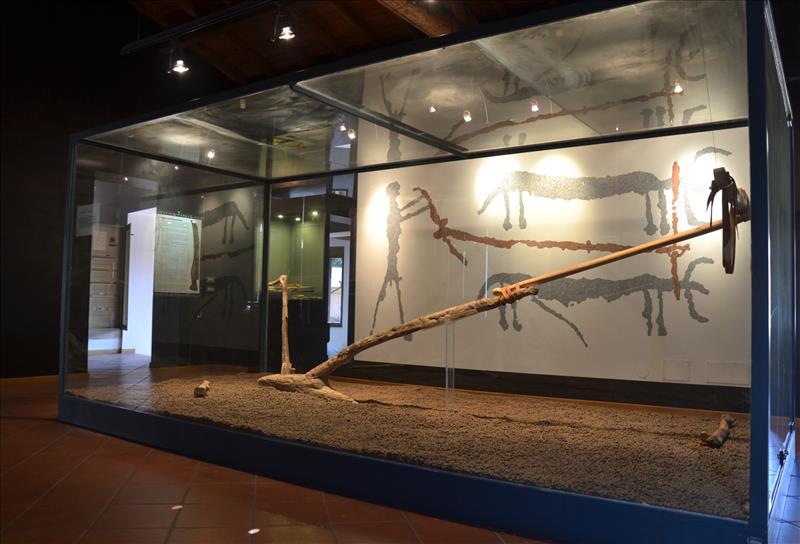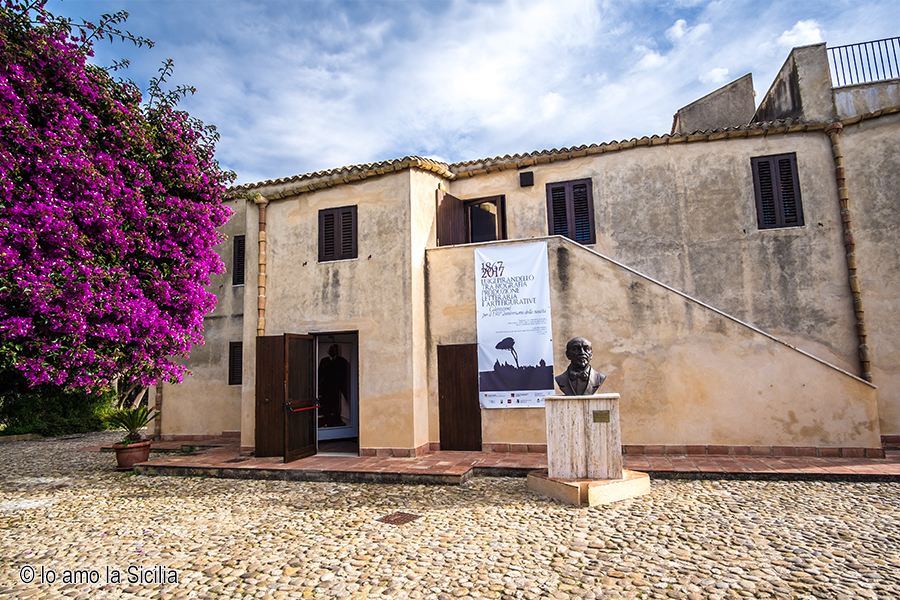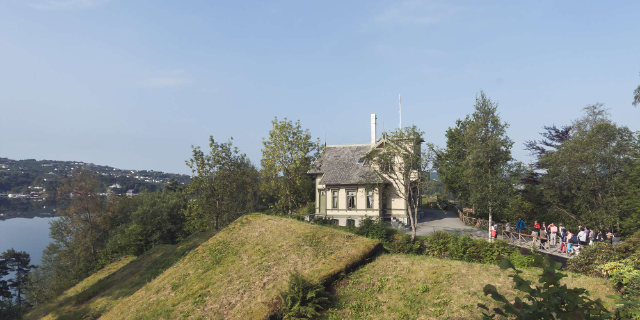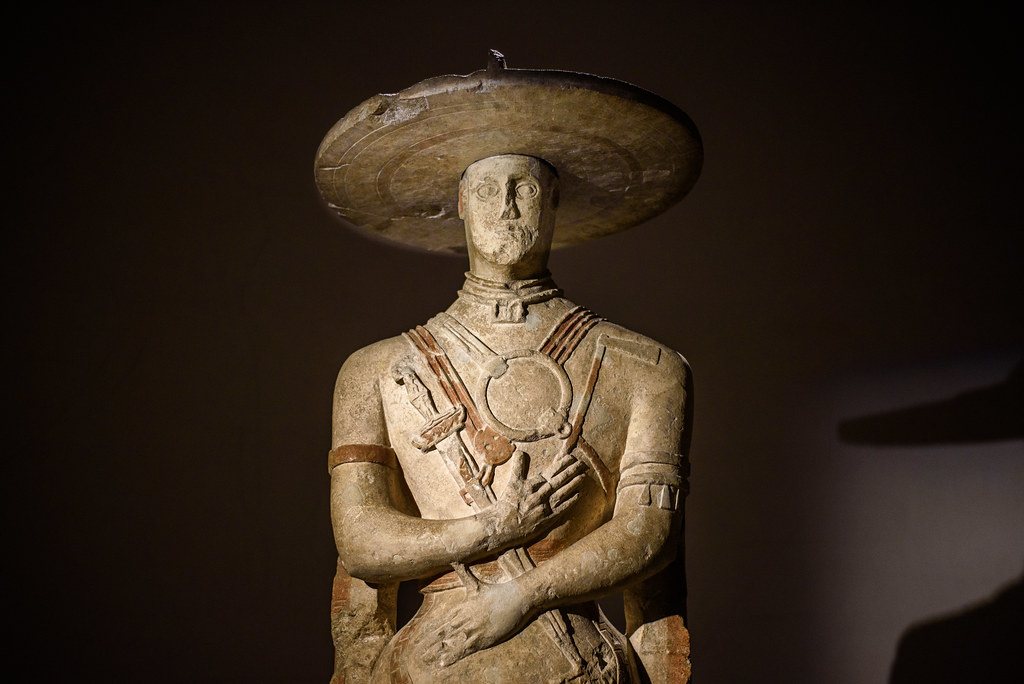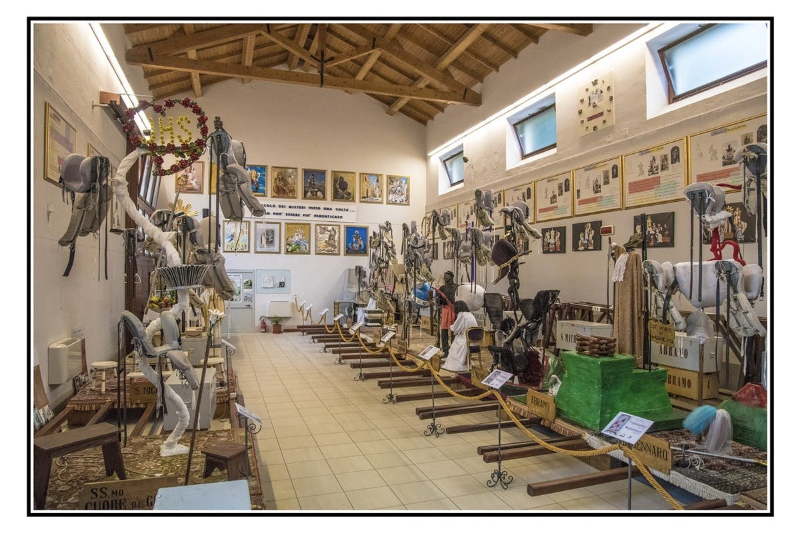The Civic Archaeological Museum, named after Giovanni Rambotti, preserves an almost complete plough dating back to the beginning of the Bronze Age (2000 B.C.) and considered the oldest find of its kind in the world. Like all ploughs, the one on the Lavagnone is made up of three elements: the stump-vomere, that is, the working body; the bure, that is, the part that allows you to attach the instrument to the yoke, and the stick, a sort of rudder that allows you to guide the direction and depth of the furrows. The variety of the shape of these three parts and the different way they are connected to each other determine the type of plough. The specimen in question belongs to the type called "of Trittolemo", with bure and stump-vomere in one piece. The actual ploughshare, which has not been found, was also made of wood, inserted in a slight groove on the lower face of the stump. The yoke is also an exceptional find, being one of the oldest so far discovered. Worked with particular care and elegance, it was hooked to the bar by means of ties fixed to the three teeth present in the centre of the bar, while the leather corrects, passing through the rectangular holes drilled along the sides, tied the animal to the yoke. A fragment of a similar yoke was found in Fiavé, in the Giudicarie trentine, in the built-up area of the pile-dwelling dating back to the beginning of the middle Bronze Age.
